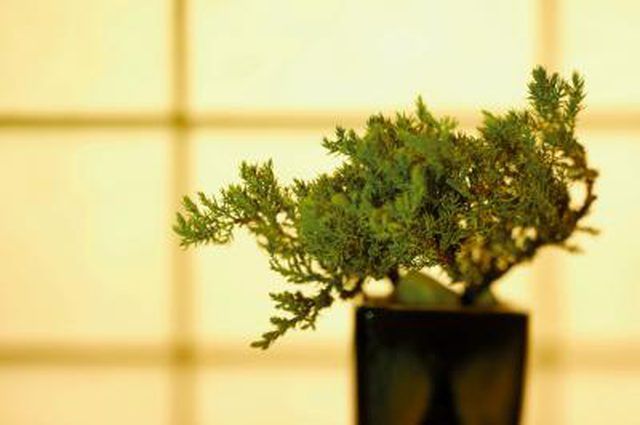Bulbs
Flower Basics
Flower Beds & Specialty Gardens
Flower Garden
Garden Furniture
Garden Gnomes
Garden Seeds
Garden Sheds
Garden Statues
Garden Tools & Supplies
Gardening Basics
Green & Organic
Groundcovers & Vines
Growing Annuals
Growing Basil
Growing Beans
Growing Berries
Growing Blueberries
Growing Cactus
Growing Corn
Growing Cotton
Growing Edibles
Growing Flowers
Growing Garlic
Growing Grapes
Growing Grass
Growing Herbs
Growing Jasmine
Growing Mint
Growing Mushrooms
Orchids
Growing Peanuts
Growing Perennials
Growing Plants
Growing Rosemary
Growing Roses
Growing Strawberries
Growing Sunflowers
Growing Thyme
Growing Tomatoes
Growing Tulips
Growing Vegetables
Herb Basics
Herb Garden
Indoor Growing
Landscaping Basics
Landscaping Patios
Landscaping Plants
Landscaping Shrubs
Landscaping Trees
Landscaping Walks & Pathways
Lawn Basics
Lawn Maintenance
Lawn Mowers
Lawn Ornaments
Lawn Planting
Lawn Tools
Outdoor Growing
Overall Landscape Planning
Pests, Weeds & Problems
Plant Basics
Rock Garden
Rose Garden
Shrubs
Soil
Specialty Gardens
Trees
Vegetable Garden
Yard Maintenance
How to Care for Chinese Elm Bonsai Trees
How to Care for Chinese Elm Bonsai Trees. A Chinese elm is one of the best elms for bonsai training. Bonsai is the practice of keeping a miniature tree in a small pot and training the tree to mimic visual traits and properties of larger, older trees. The Chinese elm, or Ulmus parvifolia, is native to China, Korea and Japan. Chinese elms are...

A Chinese elm is one of the best elms for bonsai training. Bonsai is the practice of keeping a miniature tree in a small pot and training the tree to mimic visual traits and properties of larger, older trees. The Chinese elm, or Ulmus parvifolia, is native to China, Korea and Japan. Chinese elms are suitable for a wide range of styles, including slanting, formal and informal upright, layering or broom styles.
Things You'll Need
Chinese elm bonsai
Fish emulsion
Bonsai pruners
Bonsai wire
Wire cutters
Leaf pruners
Water your Chinese elm daily during the growing season. Chinese elm requires less water in the winter, but still requires water. Never let your Chinese elm dry out.
Prune your Chinese elm in early spring before the main growing season has started. Remove branches that cross with a pair of sharp bonsai pruners. Clip branches that are growing out of position for the style you are creating.
Keep your Chinese elm indoors in the winter to prevent root freeze. In some cases, if your new bonsai rapidly loses its leaves, you may have left it in the car too long in very cold weather. In most cases, this leaf loss is not critical. The tree will grow new leaves as it acclimatizes to its new location.
Fertilize indoor Chinese elm bonsai once a week during the growing season and once a month during the winter. Because you are fertilizing frequently, use a natural fish emulsion fertilizer at 1/2 strength for flowering plants.
Wire your tree for shape as it grows. Wrap wires around the branches at a 45 degree angle to the direction of growth and bend the branches to the desired shape. Listen and feel for cracking as you move the branch. If you hear a crack or other sound of breakage, stop and continue training in a few months after the branch has healed.
Remove your Chinese elm from its pot every two years and trim the roots. Root trimming is an important part of keeping your tree small and healthy. When trimming your roots, remove around 1/2 to 2/3 of the roots and re-plant the tree. Don't fertilize within a month of a root pruning.